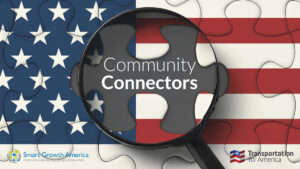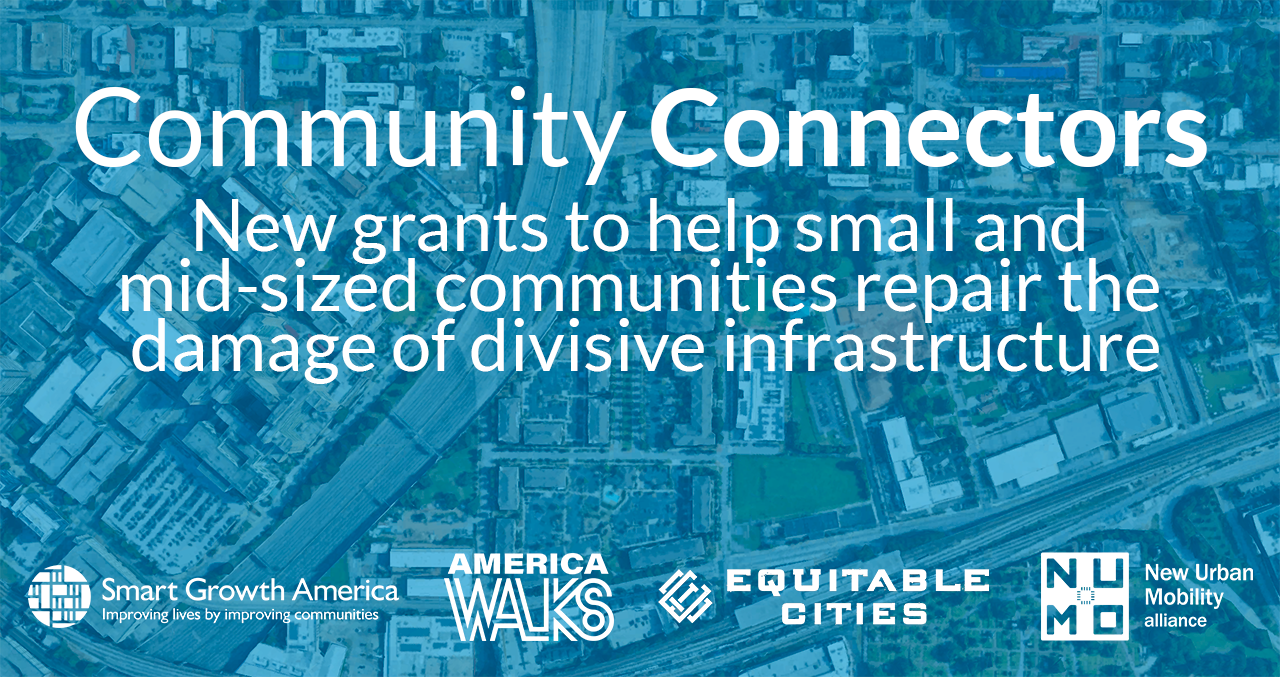Federal funds for operating transit
Transit operating costs are the routine, everyday expenses incurred by public transit agencies to run their systems, including hiring and paying workers, fueling and repairing their vehicles, and paying other overhead expenses. This is different from the projects that have ground breakings and ribbon cuttings, like building new transit or expanding existing transit, which are called capital projects. Public agencies of all sorts are tasked with keeping their operating and capital budgets strictly separate, and the two are often administered by distinct offices.
The first thing to know is that nearly since the inception of the federal transportation program, Congress has drawn a line in highway and transit spending around building projects, and the responsibility for operating transportation is to fall to the state and local governments. This is true for transit as well. Funding is available for new equipment and the building of new or expanded transit systems but not for transit operations in all but a few narrow cases (more on this below).
This has produced a discordant reality where transit agencies can be flush with capital dollars to expand their systems but can’t afford to hire operators or pay the electricity bill to run more trains. The problem was exacerbated by steep declines in ridership (and therefore revenue) during the COVID-19 pandemic. Relief dollars plugged some holes temporarily, but transit agencies nationwide are now facing operating budget deficits that threaten to cut service. With limited dollars for transit and federal dollars almost entirely restricted from supporting operations, agencies are turning to state legislatures and municipal governments for increased funding (with middling success). Establishing a federal program to provide direct operations support to transit agencies nationwide would go a long way in solving this issue and reducing emissions. A model for such legislation can be found in Congressman Hank Johnson’s 2021 bill, the Stronger Communities Through Better Transit Act (reintroduced in January 2024).
For now, if you’re trying to figure out how to better fund the operation of your transit system or plug a budget gap, you will mostly be looking to the farebox or other local, regional, or state sources for that funding.
Still there are a few federal programs for federal operations support.
Paratransit Formula Grant Program (49 USC 5310)
The only FTA program that can provide direct operations support to transit agencies, the Paratransit Formula Grant Program provides annual funding on a formula basis to transit agencies nationwide. The purpose of those funds is to support the transit mobility of seniors and persons with mobility impairments. The program funds both capital and operations of paratransit services for mobility challenged individuals or the capital enhancement of fixed service transit that exceeds ADA guidelines.
Urbanized Area Formula Grant Program (49 USC 5307)
The largest portion of the FTA’s grantmaking authority, the Urbanized Area Formula Grant Program program provides direct, annual funding to large transit agencies that serve over 200,000 people for capital projects only. But there’s an exception: this program can indirectly fund the operations costs of transit agencies in urbanized areas with a population of between 50,000 and 199,999. Like the Formula Grants for Rural Areas program below, this portion of the program must go through state departments of transportation to make distribution choices before the agencies can access it.
Formula Grants for Rural Areas (49 USC 5311)
This program provides annual capital, planning, and operating assistance on a formula basis to states and federally recognized Indian tribes to support public transportation in rural areas with populations less than 50,000. It also provides funding for state and national training and technical assistance through the Rural Transportation Assistance Program. States and Indian tribes then determine how to distribute that funding to the transit agencies that provide the service.
Public Transportation Emergency Relief Program (49 USC 5324)
These funds can only be used if a governor has declared an emergency or a president has declared a major disaster, as was done after Hurricane Sandy in the northeast. Funds can be made available for up to one year after a disaster declaration, except in compelling cases as determined by the USDOT secretary to allow for two years of funding. The non-federal match for capital and operating assistance under this program is 20 percent, though the secretary also has discretion to waive the requirement.
Congestion Mitigation and Air Quality (CMAQ) Program (23 USC 149; 23 USC 217)
This program supports an array of transportation projects or programs that reduce congestion and improve air quality, which can also include the operations of transit. This program allows regions to obligate funds for transit operation costs as long as CMAQ funds were made available for the region by the state, but those decisions are at the complete discretion of MPOs located in states with EPA-identified regions of air quality nonattainment to improve air quality.
Community Connectors: tools for advocates
 You may be fighting against a freeway expansion. You may be trying to advance a Reconnecting Communities project to remove an old highway. You might be just trying to make wide, dangerous arterial roads a little safer for people to cross. This Community Connectors portal explains common terms, decodes the processes, clarifies the important actors, and inspires with helpful real-world stories.
You may be fighting against a freeway expansion. You may be trying to advance a Reconnecting Communities project to remove an old highway. You might be just trying to make wide, dangerous arterial roads a little safer for people to cross. This Community Connectors portal explains common terms, decodes the processes, clarifies the important actors, and inspires with helpful real-world stories.







